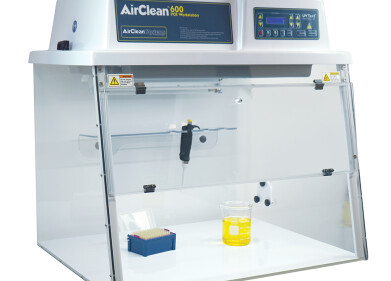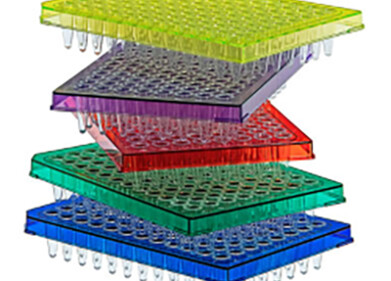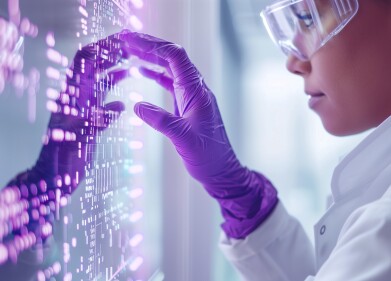DNA / RNA
What's the Difference Between RNA and DNA?
Nov 13 2017
They may sound similar, but when it comes to RNA and DNA one letter makes all the difference. Short for Ribonucleic Acid, RNA is a polymeric molecule that takes on multiple biological roles, including coding, decoding, regulation and gene expression. DNA is an acronym for Deoxyribonucleic Acid, a molecule that's present in all known living organisms. It also appears in a host of viruses, including Hepatitis B. Basically, it carries the genetic instructions cells need to grow, develop, function and reproduce.
The "base editing" era
Now, scientists are claiming that thanks to new CRISPR gene editors it's possible to "edit" RNA and DNA errors. Ultimately, these "base editors" empower scientists with the scope to reverse disease-causing mutations.
So how does it work? Previously, CRISPR/Cas9 gene editor technology was only able to snip out errors. Now, biological chemist David Liu and his colleagues have confirmed new CRISPR technology is able to simply rewrites the code. This makes it possible to change single-letter DNA and RNA "typos" that can trigger blood disorders and other mutations. The study was published in Nature and explains how CRISPR/Cas9 can now convert the DNA base adenine to guanine.
Newfound precision and predictability
The discovery has garnered global praise from the scientific community, with RNA biologist Gene Yeo commenting, “We know there are drawbacks to cutting DNA. Mistakes often arise when cellular machinery attempts to repair DNA breaks. And although accurate, CRISPR sometimes cuts DNA at places similar to the target, raising the possibility of introducing new mutations elsewhere."
The new CRISPR/Cas9 technology solves the problem by eliminating the need to snip, and instead simply rewriting the code. It's also far more accurate, with new research indicating that is safer and more predictable than the traditional cut-and-paste technique. In fact, Liu and his team found that in 14% of cases, "snipping" made unintentional changes at nine of 12 possible "off-target" sites. In comparison, the new base editor technique affected just four of the 12 sites, in just 1.3% of cases.
Next generation laboratory products play a pivotal role in supporting new scientific discoveries. For a glimpse at the latest developments 'Compliance, CRMs and Accreditation in Spectroscopy – A Supplier’s Perspective' explores how regulators and commercial suppliers have met new demand for the reliable reference materials needed to facilitate compliance.
Digital Edition
Lab Asia 31.6 Dec 2024
December 2024
Chromatography Articles - Sustainable chromatography: Embracing software for greener methods Mass Spectrometry & Spectroscopy Articles - Solving industry challenges for phosphorus containi...
View all digital editions
Events
Jan 22 2025 Tokyo, Japan
Jan 22 2025 Birmingham, UK
Jan 25 2025 San Diego, CA, USA
Jan 27 2025 Dubai, UAE
Jan 29 2025 Tokyo, Japan



















